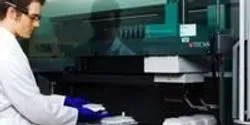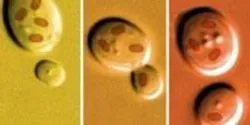DNA

On May 9, Congressman Frank Pallone, Jr. (NJ-06) announced that Rutgers University Cell & DNA Repository (RUCDR) Infinite Biologics, the world’s largest university-based biorepository, will be receiving up to $19 million in federal funding. This renewal contract, awarded to RUCDR by the Department of Health and Human Services over a five year period, will be used to maintain and expand their NIDA Center for Genetic Studies (NCGS).

Bioengineers at the University of Rome Tor Vergata and the University of Montreal have used DNA to develop a tool that detects and reacts to chemical changes caused by cancer cells and that may one day be used to deliver drugs to tumor cells.

In a new study, researchers from North Carolina State University, UNC-Chapel Hill and other institutions have taken the first steps toward creating a roadmap that may help scientists narrow down the genetic cause of numerous diseases. Their work also sheds new light on how heredity and environment can affect gene expression.

Tulane University chemistry professor Igor Rubtsov and a team of graduate students can lay claim to inventing an important new scientific instrument — the world’s first fully automated dual-frequency, two-dimensional infrared spectrometer.

Innovative work by two Florida State University scientists that shows the structural and DNA breakdown of a bacteria-invading virus is being featured on the cover of the February issue of the journal Virology.











